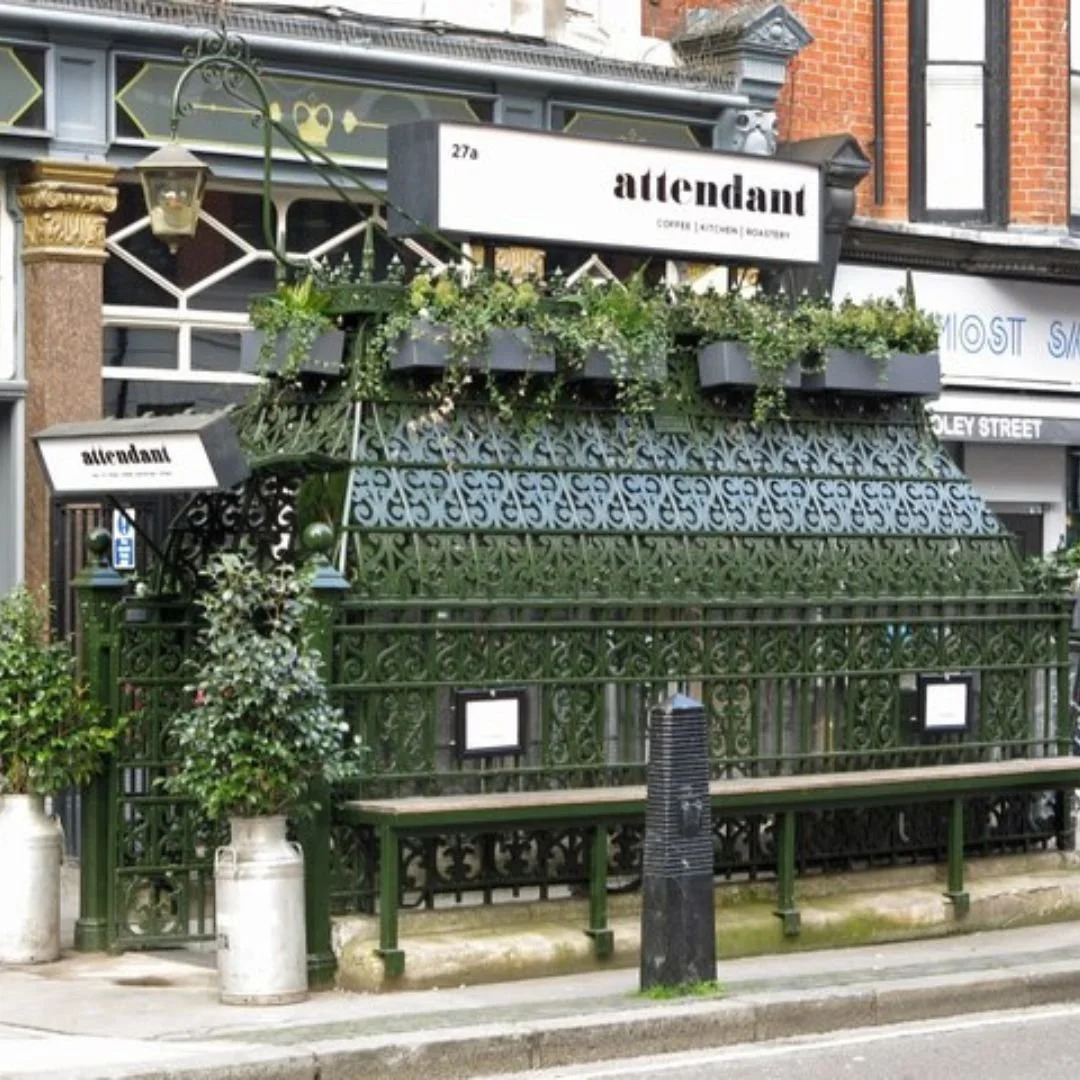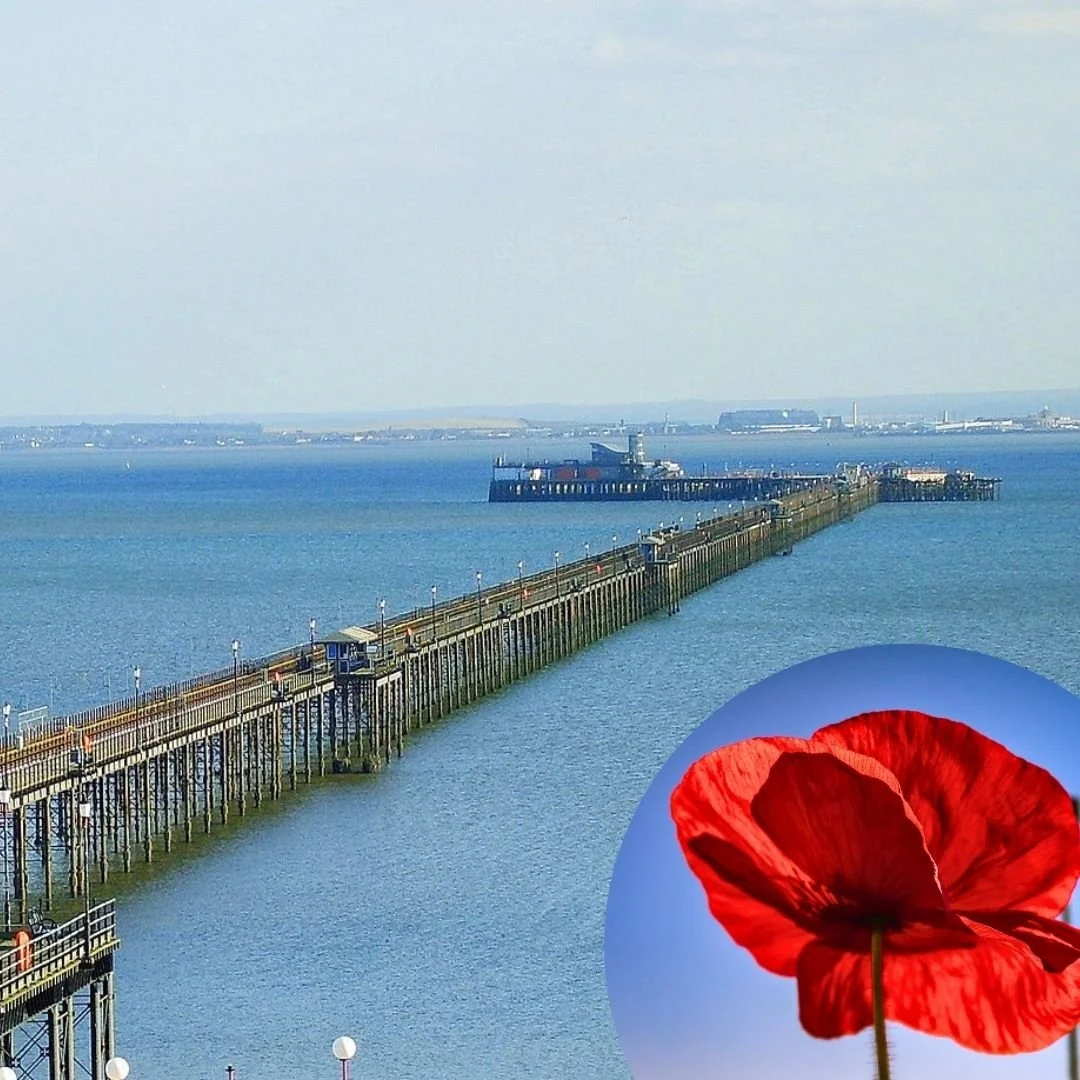Plymouth’s 16th Century Merchant’s House Up For Sale
The 16th century, Grade II* listed Merchant's House, one of Plymouth's oldest buildings, is struggling to finance its restoration.
The historic structure has been closed for almost 10 years, and it's degrading significantly.
The local council (Plymouth City Council) have recently put it up for sale.
The council are currently looking for a ‘dynamic, sensitive and funded individual or organisation who could give a new and sympathetic lease of life’ to it.
This historic timber-framed house, which survived the Blitz of WWII, was once owned by the Mayor of Plymouth in 1601.
It features a distinctive jettied upper floor, with overhanging timber beams, a typical design of Tudor townhouses.
The house was most recently used as a popular museum, showcasing Plymouth’s history.
Councillor Chris Penberthy, Cabinet Member responsible for the city’s assets said: “This is not a decision we have taken lightly but we need to do something.
”We have invested millions in the Box and the Elizabethan House, but we currently have no use for this building and no prospect of funding to restore this house.
“We very much hope some thinkers and doers with the finances and the wherewithal to take on a project like this will come forward.
“The house has been closed for almost a decade and is slowly degrading over time. We hope this appeal will generate interest and open up new possibilities for this building.”
According to the council’s website, the building could potentially become a heritage attraction, a tea shop with an historic slant, offices for a business – although the preference would be to enable some form of public access.
Writing on his personal Facebook page, MP Luke Pollard added: “I featured this building on my latest 'Plymouth Buildings at Risk' list.
”It’s not falling down but it does need a fresh purpose and a new lease of life.
”I’m delighted that Plymouth City Council have put Merchant’s House up for sale to find a suitable owner who can give it a brighter future.
”My ‘Buildings at Risk’ list is an annual campaign, calling on the owners of Plymouth’s iconic disused buildings to invest in them or sell them to someone who will.
”As a proud Janner, I’ll keep campaigning until all of our city’s iconic buildings are brought back to life.”
Reacting to the news on social media, someone said: “Please, please don’t let it fall into the wrong hands, please make sure it’s purchased / rented by someone who truly values its history and wants to genuinely show case it’s original beauty.
Too many of Plymouths historic buildings that survived the blitz have been lost amongst new buildings, bad decision making, being pulled down, neglected.
”I’m not from Plymouth, but the history this city has to offer the world, is off the charts, but honestly who would know?
”There is so much history here, but it’s fast becoming less and less.
”There must be someone in the council who is Plymouthian, genuinely interested in saving / retaining its incredible history, its stories and wants to showcase all of it.”
History of the building
Although the exact construction date of the house remains unknown, its first recorded owner was William Parker, a privateer and close associate of Sir Francis Drake.
Like Drake, Parker balanced a career as both a merchant and a privateer while also serving in local government.
He was appointed Mayor of Plymouth from 1601 to 1602.
In 1588, Parker fought under Drake during the battle against the Spanish Armada and later launched raids on Spanish territories in the Caribbean.
In 1601, he successfully seized two treasure ships carrying 10,000 gold ducats.
Upon returning to Plymouth, he was elected Mayor and used the wealth from his exploits to renovate an older building on this site, transforming it into a stylish timber-framed residence.
Parker played a key role in promoting the Plymouth Company, an initiative aimed at colonising North America, and took a keen interest in the Virginia Colony.
In 1618, he died while on a voyage to the East Indies.
His heirs occupied the house until it was later acquired by Abraham Rowe, another prosperous merchant.
In 1651, the property was purchased by Justinian Beard, who served twice as Mayor of Plymouth.
The Beele family resided in the house until 1707, followed by the Martyn family, who occupied it until 1807.
That same year, the building was extended at the rear towards Finewell Street, while the front section was converted into a shop.
By the 1960s, it had been repurposed as a taxi office before being restored by the Council and transformed into a museum dedicated to Plymouth’s local heritage.
The museum included exhibits recreating the experience of the Blitz and a replica Victorian schoolroom.
During the Second World War, Plymouth endured devastating air raids as part of the German Luftwaffe’s bombing campaign.
Due to its strategic importance as a naval port, the city became a primary target during the Blitz, suffering extensive damage between 1940 and 1944.
More than 4,000 homes were destroyed, and many historic buildings, including St Andrew’s Church and the city centre, were reduced to rubble.
Thousands of residents were displaced, and over 1,000 lives were lost.
The Council says than they’re keen to explore all options for ‘Merchant’s House’ including a sale or a long commercially viable lease.
Interested parties should provide the following when submitting an offer:
Purchase price/rental offer
Purchaser details
Conditions
Proposed use/development plans
Finance/evidence of funding
Track record in restoration of historic buildings
Timescales
Unfortunately, this story reminds us of the similar ‘Cooperage’ - the most complete late medieval timber-framed building in Newcastle.
Dating from 1430, this ancient building has also unfortunately fallen into disrepair.
In 2009, it was purchased by Apartment Group and closed, with no plans to refurbish.
Standing empty since its closure in 2009, it has fallen into disrepair due to neglect and a lack of regular maintenance.
It was added to the Historic England Heritage at Risk Register in 2017.
Owners of listed buildings, however, are under no legal obligation to maintain their property in a good state of repair; even though it is in their interest to do so.
A petition has since been set up called, ‘Save the Cooperage.’ Hopefully this situation in Plymouth turns out better.
We will try and provide the latest updates as and when we have them.
If you enjoyed this blog post, please follow Exploring GB on Facebook for daily travel content and inspiration.
Don’t forget to check out our latest blog post below!
Thank you for visiting Exploring GB.



















